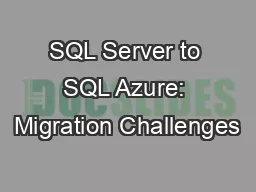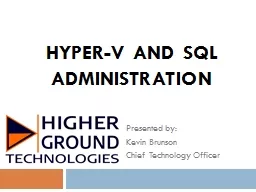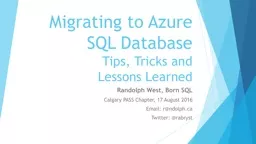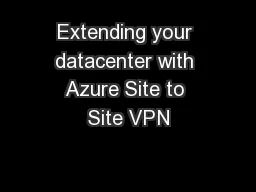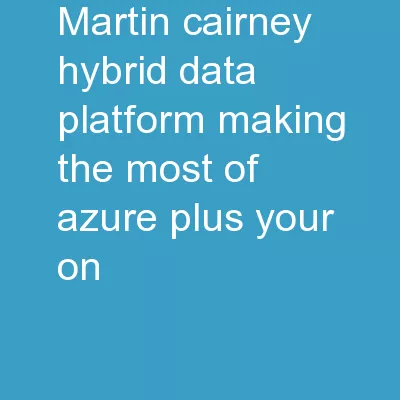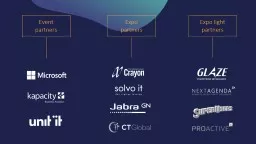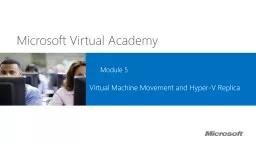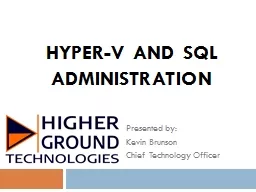PPT-Building Disaster Recovery Plans with Azure Site Recovery, Hyper-V Replica, SQL Always
Author : marina-yarberry | Published Date : 2018-11-26
Abhishek Agrawal Senior Lead Program Mgr Hemant Mahawar Senior Program Manager Ryan Sokolowski Senior Program Manager DCIMB377 Overview of DR technologies for Cloud
Presentation Embed Code
Download Presentation
Download Presentation The PPT/PDF document "Building Disaster Recovery Plans with Az..." is the property of its rightful owner. Permission is granted to download and print the materials on this website for personal, non-commercial use only, and to display it on your personal computer provided you do not modify the materials and that you retain all copyright notices contained in the materials. By downloading content from our website, you accept the terms of this agreement.
Building Disaster Recovery Plans with Azure Site Recovery, Hyper-V Replica, SQL Always: Transcript
Download Rules Of Document
"Building Disaster Recovery Plans with Azure Site Recovery, Hyper-V Replica, SQL Always"The content belongs to its owner. You may download and print it for personal use, without modification, and keep all copyright notices. By downloading, you agree to these terms.
Related Documents


